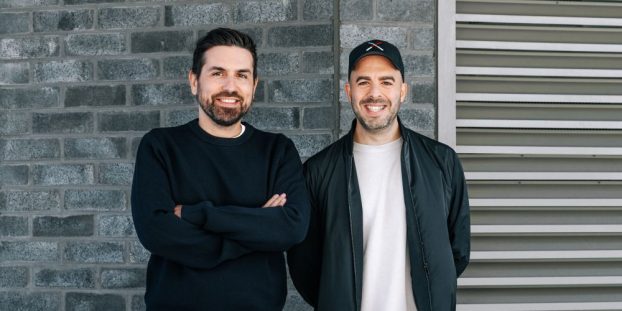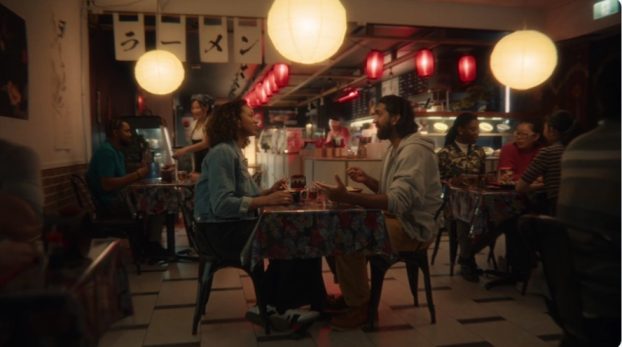The traditional model of the purchase funnel tells us the consumer’s path to purchase begins with awareness of a category, narrows that group to a subset of brands that are familiar, then moves on to consider a smaller number of possibilities before purchasing a product, to which they become loyal. But does that Path to Purchase still exist? I’d say no – and neither does loyalty, at least in the way we’re used to defining it.
In today’s fast-paced world, the only constant is change; people are quick to switch jobs, houses, partners, careers, and quickest of all, brands. Bombarded with choices and options, today’s consumers are savvy at finding what they want and they’re eager to experiment. If a new brand pops up that looks attractive, there they go!
Brand managers dream of seeing their Loyalty score – the percentage of consumers claiming loyalty to their brand – go up in brand tracking reports. But the reality is, from month to month, the score varies within the margin of error. Big budgets are poured into advertising, rebranding, repackaging, but both ends of the funnel – share of consumers who are aware and those who are loyal – stay the same. Even if almost everybody knows about your brand, only a few are loyal.
So how do we effectively grow our brands? When there is no devotion or commitment, loyalty as consumer behaviour is replaced by routine –and routine is what brands need to build, in order to maintain a consumer base.
Based on years of qualitative and quantitative research with shoppers, we see again and again that three key components are prerequisites for turning a behaviour into a sustainable routine interaction with your brand. Consumers will stay with your brand as long as you manage to create a purchase routine based on the 3Es:
- Provide an authentic unique experience of shopping and buying. Keep it clear.
- Create a relevant emotional connection
- Maintain regular engagement across relevant and timely touch points every step of their way.
… and repeat.
Start by making it easy for your customer to seamlessly engage by simplifying the interaction. Brands across markets are doing it: Starbucks launches an app; Just Eat remembers your previous orders; Amazon creates “Subscribe and Save”. Once engagement is established, shoppers become receptive to the emotional connection.
If emotional connection is lost or doesn’t feel relevant, the interest is gone, so the challenge is to create a meaningful brand experience to maintain engagement. If a brand focuses on trying to sell – rather than on engaging, or creating a resonant emotional connection, or providing an experience – the consumer will not come back, and brand life will be brief.
We are living in the experience economy; people buy experiences, not just products, services or brands. Nobody wants to spend money on things anymore. In fact, we want to own less – but to experience more.
When brands deliver effectively identical products or services, the quality of the experience they provide becomes the differentiator. Consumers gravitate toward those experiences that provide them with the emotional and sensory stimulation they are looking for. Apple’s and Starbucks’ in-store environments are great examples of how to create appealing experiences for consumers in addition to product.
Yes, the traditional “Awareness to Loyalty” path to purchase has been blown away by the overload of choices. But brand growth can be sustained if purchase routine is built on Emotion, Experience and Engagement. Make it simple; make it rewarding; make it pleasant. When shoppers are ready to buy, skipping re-evaluation, routine ends up looking a lot like loyalty.
Learn about how to create powerful 3Es for your brand using insights from Fresh Intelligence.






















